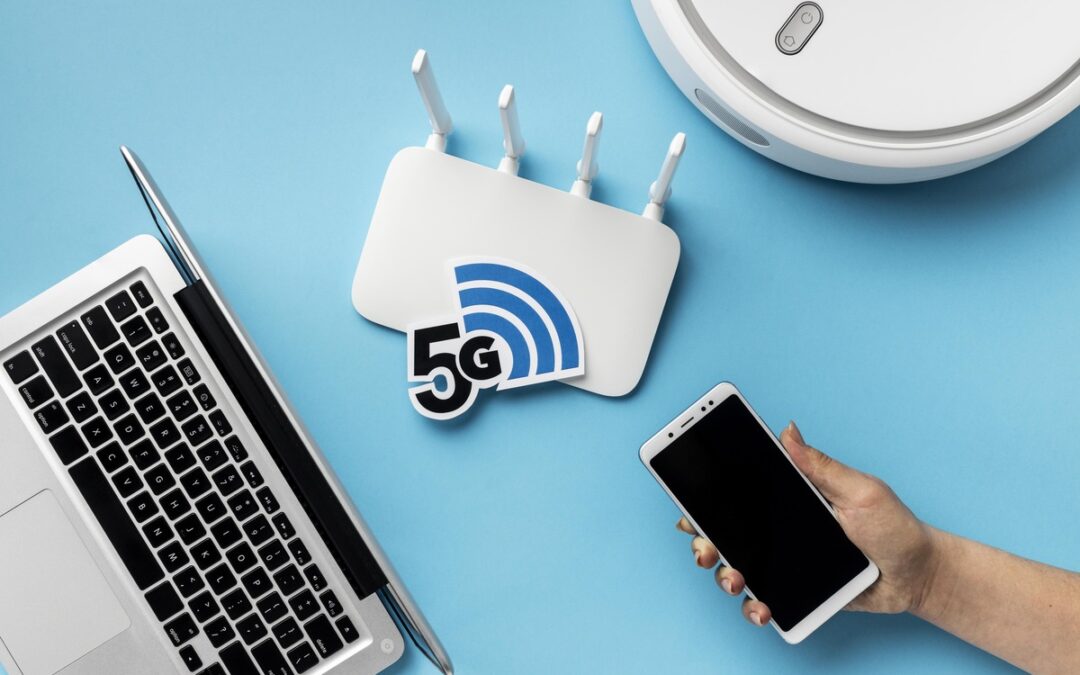DID YOU KNOW…
Fact of the Day: Wi-Fi is defined as:
“Wireless local area network (WLAN) products that are based on the Institute of Electrical and Electronics Engineers’ (IEEE) 802.11 standards.”
We’ve all done it before, been on the phone to our internet provider and said, “My Wi-Fi is not working” or “The Internet is down”.
It’s a first-world problem we all have to deal with, whether at home or in business.
There are literally hundreds of devices that transmit Wi-Fi signals, and the main use is that Wi-Fi hardware allows wireless transmission of data to and from a smartphone, smart speaker, tablet, smart TV and many other Internet-connected devices…without the need for a wire.
THE ROUTER
The most common transmission device is the Wi-Fi enabled router which is connected to your broadband connection. The reason for so many APs and extenders in the market is due to the range of the in-built Wi-Fi chip in a router.
Most routers are not in a central position in the house to send the signal out evenly. They are usually located at one end of the premises, and the signal is required at the other end of the property.
With literally thousands of Wi-Fi signals floating around in the air and only working on a range of 14 frequencies, not all of which can be used, depending on the country’s regulations, traditionally led to the possibility of signal clashes.
Routers and extenders would be required to be adjusted to a frequency different from your neighbours’ to help get a clean signal. This has led to the explosion of MESH technology. Having tested several mesh kits, they do what they say on the tin. A master transmitter plugs into and substitutes the Wi-Fi signal from the Router (always disable this if you know how to), and the slave units receive and spread out evenly and create a single network.
THE 5GHz BAND
The other advancement in Wi-Fi technology has been the creation of the 5GHz band, in addition to the existing 2.4GHz. GHz being GigaHertZ (a unit of frequency equal to one billion hertz). Devices are not equipped to pick up both frequencies to help load the balance of Wi-Fi transmitting equipment.
On a commercial and business basis, Wi-Fi systems allow whole buildings to be ‘flooded’ with APs with the same identification names and single passwords (but can still have company and guest access rights) so that users can stay connected as they move around workspaces and different floors, without losing the connection and having to log-on using different credentials.
A single commercial grade Access point can cope with over a hundred (up to two hundred in some cases) simultaneous / concurrent devices. The only ‘funnel’ effect of experiencing a ‘slow connection’ may be that the internet connection serving the building may not have enough capacity. Slow Wi-Fi is very often down to the back-end connection – unless domestic or low-grade business products have been installed in the first place.
MAXIMUM NETWORKS
Get in touch with the Maximum Networks team team today on 0330 102 7444 or using our contact form

